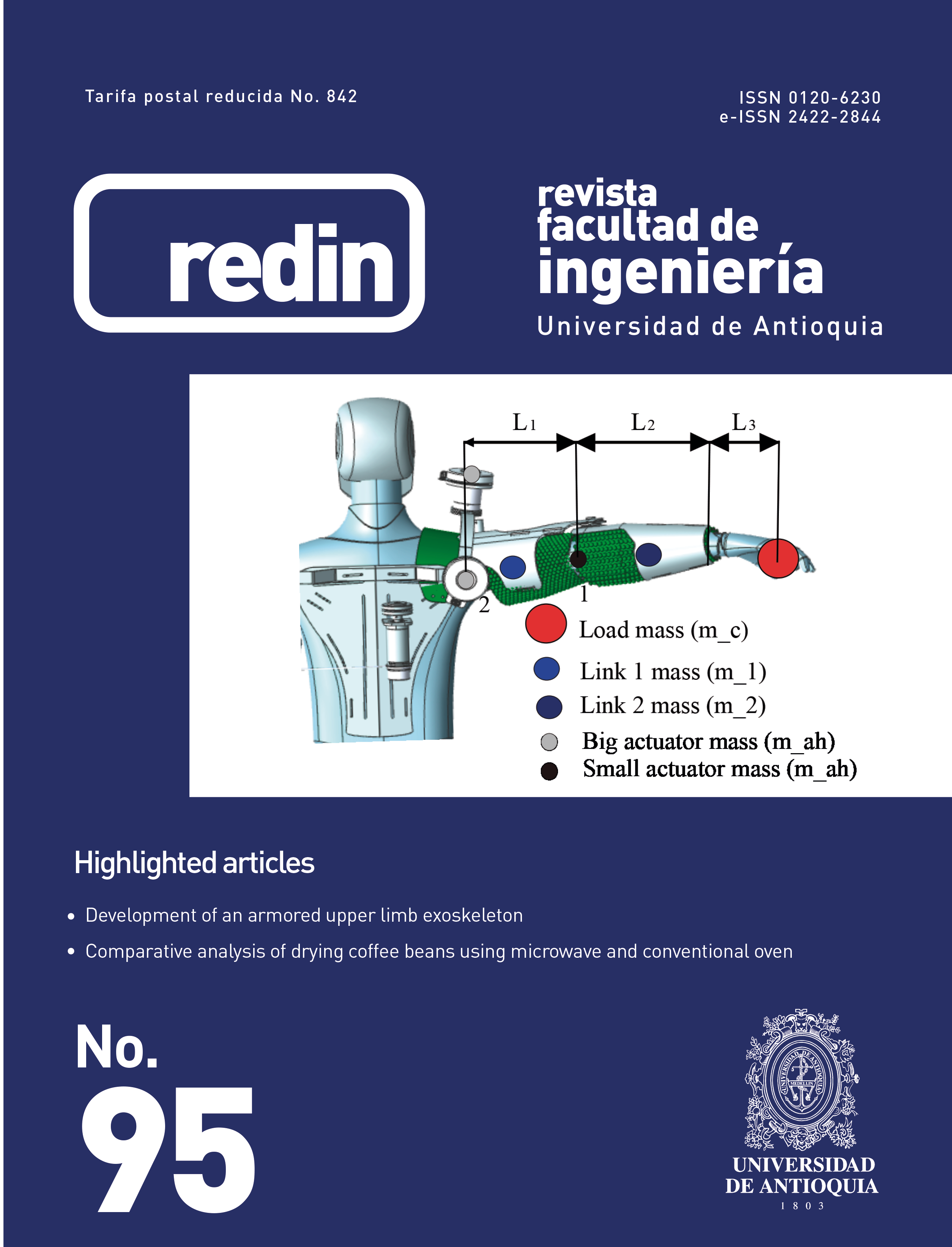Editorial
DOI:
https://doi.org/10.17533/udea.redin.20191152Resumen
When a researcher is devoted to a specific interest, an essential part of his strategy as a scientist is to influence with his own knowledge the core of international researchers within the field. In fact, in each specialty there are concentric nuclei of larger (international), intermediate (national), and small (regional) influence in the scientific orientation of a certain area of knowledge. This is the reason for the existence of scientific journals: the open and free discussion of experimental findings, hypotheses and theories, not only from Experimental Sciences but also from Social Sciences and Humanities.
Descargas
Citas
E. D. López, E. Jiménez, and R. Ruiz, La edición de revistas científicasdirectrices, criteriosy modelos de evaluación. Granada, Spain: Fundación Española para la Ciencia y la Tecnología, 2006.
(2014) Revistas científicas. Universidad de Málaga. Accessed Oct. 21, 2019. [Online]. Available: https://bit.ly/2Nxz2jr
M. E. McVeigh, “Open access journals in the isi citation databases: Analysis of impact factors and citation patterns a citation study from thomson scientific,” Thomson Corporation, pp. 1–25, Oct. 2004.
E. Abadal, Revistas científicas: Situación actual y retos de futuro. Barcelona, Spain: Universitat de Barcelona, 2017.
J. Haider, “The geographic distribution of open access journals,” in 9th World Congress on Health Information and Libraries, Salvador de Bahia, Brazil, 2005.
Descargas
Publicado
Cómo citar
Número
Sección
Licencia
Derechos de autor 2020 Revista Facultad de Ingeniería Universidad de Antioquia

Esta obra está bajo una licencia internacional Creative Commons Atribución-NoComercial-CompartirIgual 4.0.
Los artículos disponibles en la Revista Facultad de Ingeniería, Universidad de Antioquia están bajo la licencia Creative Commons Attribution BY-NC-SA 4.0.
Eres libre de:
Compartir — copiar y redistribuir el material en cualquier medio o formato
Adaptar : remezclar, transformar y construir sobre el material.
Bajo los siguientes términos:
Reconocimiento : debe otorgar el crédito correspondiente , proporcionar un enlace a la licencia e indicar si se realizaron cambios . Puede hacerlo de cualquier manera razonable, pero no de ninguna manera que sugiera que el licenciante lo respalda a usted o su uso.
No comercial : no puede utilizar el material con fines comerciales .
Compartir igual : si remezcla, transforma o construye a partir del material, debe distribuir sus contribuciones bajo la misma licencia que el original.
El material publicado por la revista puede ser distribuido, copiado y exhibido por terceros si se dan los respectivos créditos a la revista, sin ningún costo. No se puede obtener ningún beneficio comercial y las obras derivadas tienen que estar bajo los mismos términos de licencia que el trabajo original.










 Twitter
Twitter